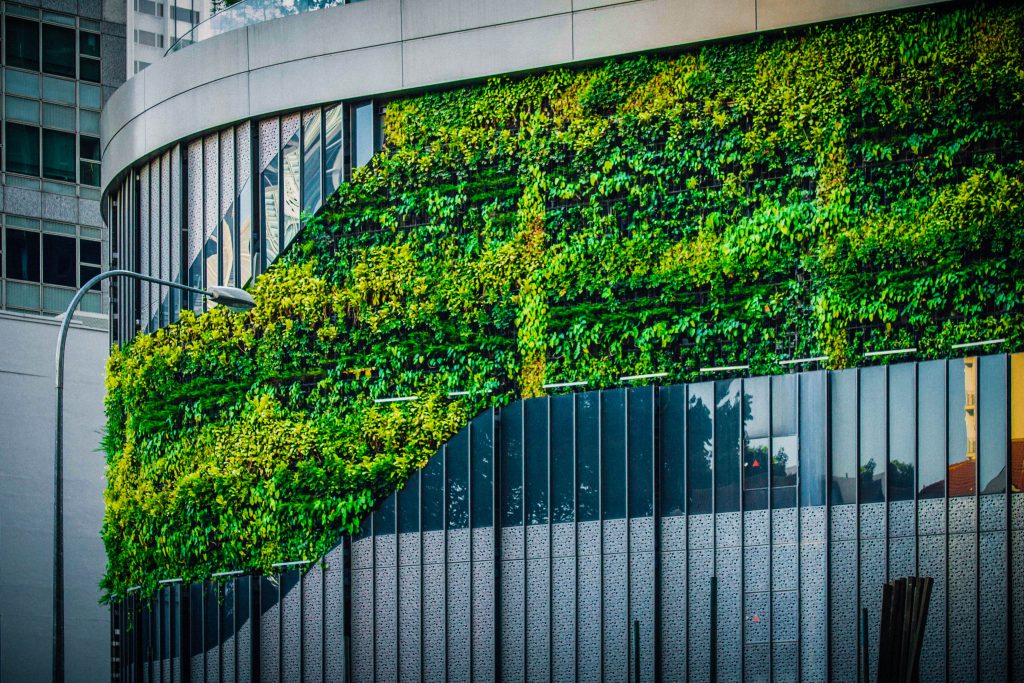You want to start greening your city but don’t exactly know where to start or how to go about it? Well, lucky you! Below is a neat step-by-step guide to making your change-making path as smooth as possible.
Follow the steps and your city will be green in no time!
Step 1: Do Your Research
Obviously, the first step is always to get familiar with the facts, information, guidelines, tools, and expert knowledge that’s already out there. Think holistically, and consider how it’s all connected – how every action and decision influences another. It will give you a clear picture of what you want to achieve, what can be done, and what needs the most priority.
Step 2: Set Goals and Create a Plan
When you’re done with your research, ask yourself what you want to achieve and how you will do it (realistically). To get a clearer picture, these questions might be of help:
- For what purpose would you use this green space?
- What is important for this green space? What should happen?
- Is something already being done about it?
- What’s working, what needs improvement?
- What are your visions and dreams for the next few years?
- How can you start with small steps?
- How do you acquire funding?
- Who do you need on board?
- How are you going to motivate others?
Make the plan practical and rational. Focus on the small, short-term victories, rather than on the big, ideal long-term goal that is going to take forever to obtain (at least that is what it feels like oftentimes). It’s the small steps that count.
Step 3: Keep in Mind the Possible Challenges
Be prepared for potential setbacks on the way. It’s not the end of the world if something doesn’t go according to your plan. Take a step back, observe, and be ready to adapt to the situation; think about how you can turn it around, make it beneficial to you. But just to feel more prepared, we have collected some of the most common challenges in this concise list.
Sometimes a good idea is also to improve what’s already out there, make it better, instead of creating a new project from scratch. There’s only so much free space left in dense cities – better make the most use out of it.

Step 4: Gather Monetary Resources
Obtaining all the needed financial resources can be a huge struggle for many. However, it doesn’t all have to come out of your own pocket. There are other ways.
Research possible subsidy programmes and financial aids in your area, search for organisations and NGOs dedicated to greening and inquire about/regarding any possible help they can provide you with. Get stakeholders and private landowners on board – find out how here.
Step 5: Include Various Groups
This one should be a given – everyone has their own voice, their own opinions, and their own solutions – listen to them, some just might be on to something.
Communicate and connect with other residents. Show empathy where empathy is needed. Think about how the green space would be beneficial to most, if not all people. Don’t take only your wishes and your gains into consideration.
Involvement of local authorities is needed as well. Believe it or not, some projects can’t succeed without the help of local officials. A project in Dakar, for example, credits institutional support as one of the factors for its success. While on the other hand, an urban gardening organisation in Australia knows only too well that changing minds of local leaders and councils is a stepping stone to finalising and realising the project.
Step 6: Start
When all of this is said and done, it’s time to step into action. Don’t be afraid and just go for it. You thought it through, you created a plan, you got support from others – everything will work out. There might be challenges coming your way, but you can always adapt and reconsider your next steps! Don’t underestimate the importance of the very first step to get the ball rolling.

Step 7: Motivate
But hold your horses; just because you’ve set a plan in motion, doesn’t mean it will magically get done on its own. It’s a long process – visions, ambition, and enthusiasm can decline. Therefore, it’s important to motivate others (and yourself!) to keep on track. Be creative and try to think of ways to keep everyone engaged, from the start to the finish.
Step 8: Persist and Celebrate
And once you’ve accomplished what you set out to do, go crazy: celebrate, share your happiness with everyone, throw a party if you feel like it – you deserve to be proud!
Think about what you could be doing next, what future projects you could be working on. Pause, reflect on the project, evaluate, learn from the mistakes, and go on. As one of our experts points out, changing, growing, learning, and progressing are the tools needed for positive changes. Go back to step 1 and restart the process – it’s a never-ending cycle, but it sure is worth it.
Additional Encouragement
So, there you have it, a brief checklist on how to get going with greening. Of course, projects vary from each other, so adapt it in accordance with your case.
But don’t just take our word for it, see how our Young Leaders and CityChangers started out on their ventures.


